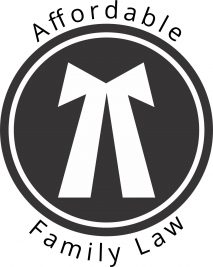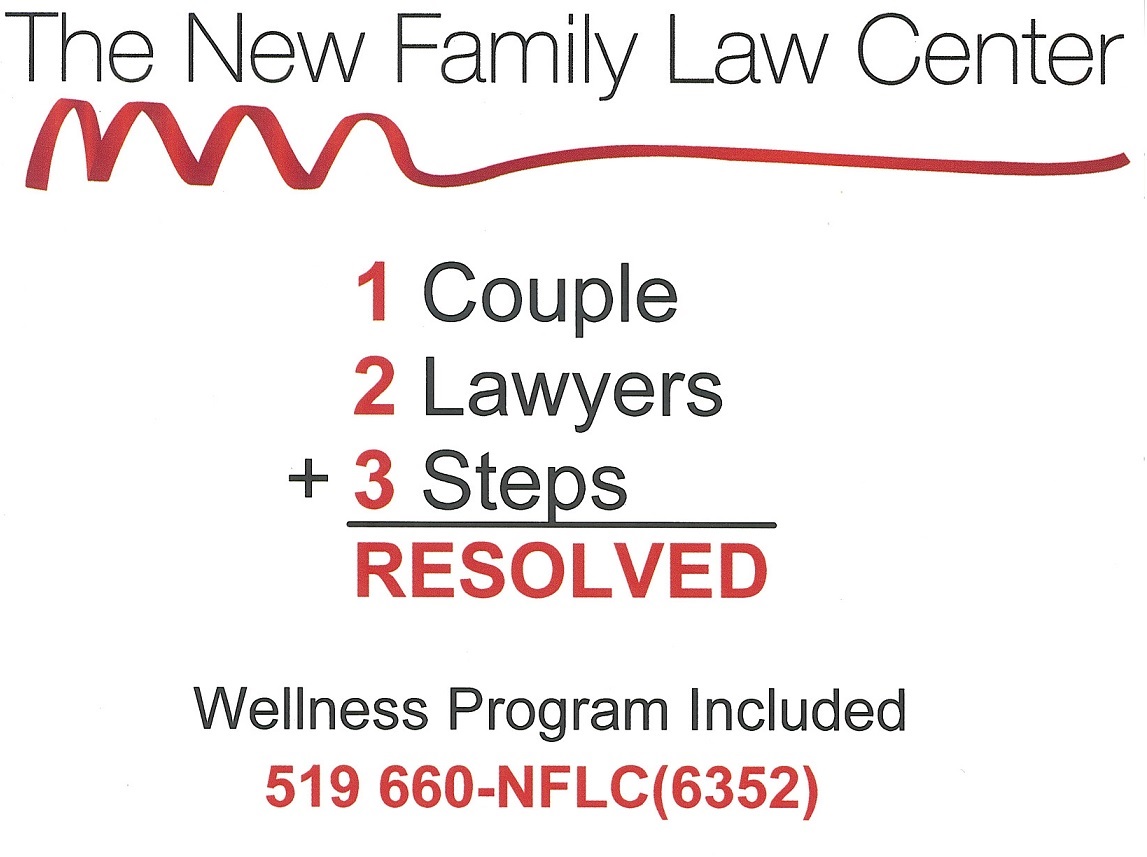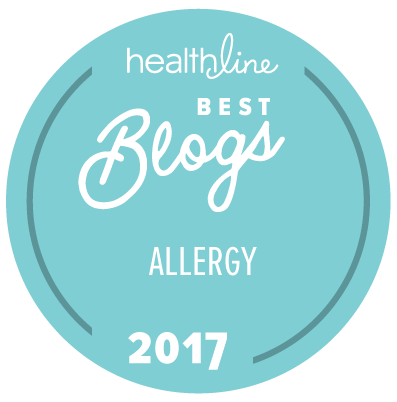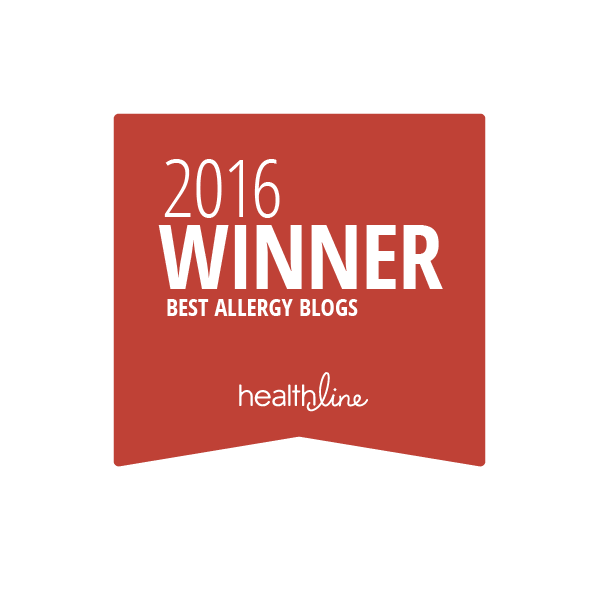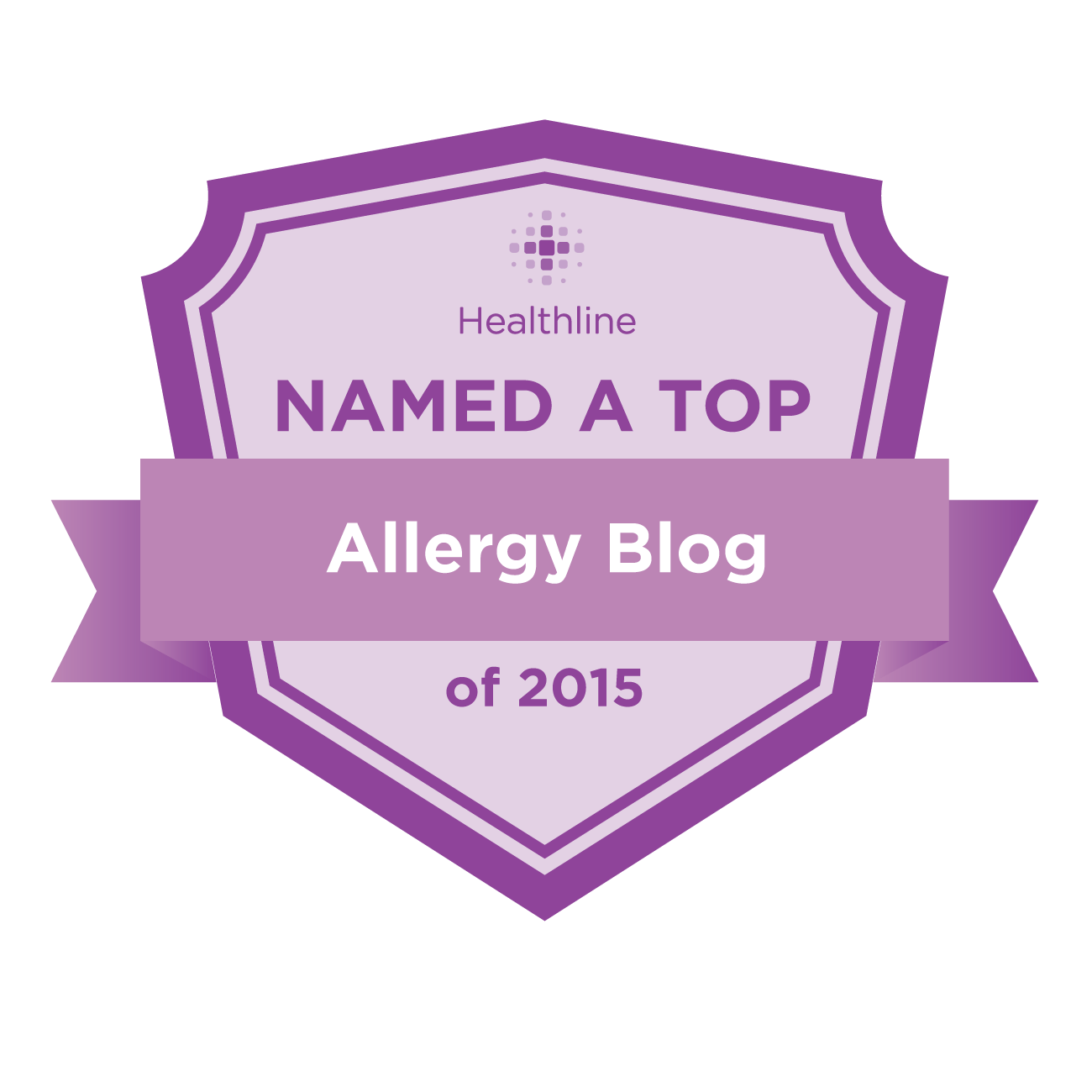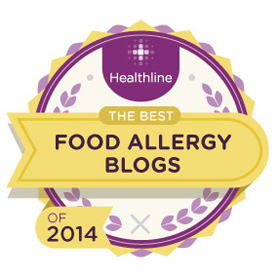As my readers know, I strongly support eliminating peanut butter school wide to protect allergic students. A far less satisfactory alternative is just removing it from the allergic child’s classroom, which isn’t effective, since children spend time in many other rooms throughout the school day. Some people disagree with me, and state that the study by Doctors Steven J. Simonte, Songhui Ma, Shideh Mofidi, and Scott H. Sicherer titled “Relevance Of Casual Contact With Peanut Butter In Children With Peanut Allergy” assures them that it’s safe to consume peanut butter around an allergic person. You can click here to read the study or just take my word for it: The study is very artificial in its set up, and it doesn’t support that position at all.
The flaws in this study are that:
- “Casual contact” was simulated by pressing gauze with only 0.2 ml of peanut butter on it onto the allergic child’s back, pressing it flat for one minute, then wiping the back clean with three damp gauze pads after only one minute of exposure.
- Inhalation was simulated by placing peanut butter 12 inches from the participants’ noses for only 10 minutes.
- Of 30 children in the study, 3 experienced erythema (redness), 5 had pruritus (itchiness) without erythema, and 2 had wheal and flare reactions. The doctors declare that none experienced a systemic or respiratory reaction. Ahem! One third of the participants had a local reaction to the skin contact!
- The docotrs go on to state with 96% confidence that 90% of highly sensitive children with peanut allergy would not experience a systemic-respiratory reaction from casual exposure to peanut butter –> That means 10% would have generalized or respiratory reactions from similar exposure.
- The doctors theselves state that the results cannot be generalized to larger exposures, or to contact with peanut in other forms such as flour or roasted. Students don’t only bring in peanut butter in non-peanut free schools: They bring in roasted peanuts too. The authors acknowledge that on airlines where dry peanuts are eaten, peanut dust might become airborne and has been found in airplane air filters.
How on earth did the doctors decide that they exposed their study participants to peanut butter “in a manner that mimics the likely degree of exposure expected from casual contact in schools, in restaurants, or in the home”? Are they serious? The peanut butter on the gauze was a negligible amount and the area was wiped clean with not one but three damp gauze pads after one minute of exposure. Is there someone sitting by to wipe our children’s hands with three clean cloths within a minute of touching the inevitable residue that peanut butter leaves behind?
They also state that this test was designed to mimic the amount of exposure you could get from contact with poorly cleaned tables. They overlook the gobs of peanut butter inevitably left behind on children’s fingers, faces, and clothing after eating peanut butter. They acknowledge this by clarifying that they didn’t investigate larger exposures.
The children in the study were monitored the entire time, although the peanut butter was only on their backs. In a real school setting, peanut butter residue would be throughout the school. The residue would be on fingers (not the back), which can easily be deposited into the body when the child places his or her fingers near or in the eyes or mouth.
Finally, the peanut butter was only put on intact skin. A large percentage of people with food allergies also have eczema, and their skin would be open or inflamed, making it much easier for the allergen to enter their system. We’re starting to realize that contact on inflamed skin can have a profound effect: Dr. Gideon Lack suggests in this study published only one month later that sensitization to peanut protein may occur in children through the application of ointments and creams containing peanut oil to inflamed skin.
Thankfully, the report concludes with this: “These results should not be misconstrued to mean that caution is not needed. Indeed trace quantities of peanut can induce reactions when ingested. Thererefore the very same amount of peanut butter that when touched induces only a local reaction could cause anaphylaxis should it be unintentionally transferred to the mouth. With this in mind, continued caution is advised. Specifically, on the basis of this study alone, we would not recommend changing any school policies that protect children with peanut allergy“. Why then has this study been used to support arguments against peanut free policies, when it favors those policies? Obviously those citing it haven’t read the study themselves.
This article on the ACAAI website by Allergist Dr. Jeffrey Miller clearly confirms that anaphylaxis (life threatening allergic shock) can occur from substances on the skin: “When trying to determine the cause of an anaphylactic reaction, physicians and patients generally consider substances that had been ingested or injected, but may fail to consider agents that had been applied to the skin. However, the systemic absorption of many topically applied substances is well known, and in fact is used as the drug delivery system of choice (via transdermal patches) for such items as nicotine, scopolamine, and hormone replacement therapy. It must therefore be remembered that any topical application that is capable of causing systemic absorption is also capable of provoking systemic IgE mediated allergy—and not just cell-mediated contact dermatitis.” To read Dr. Miller’s full article, click here.
* If you found this post helpful, I would love for you to use the “Sharing Is Caring” bar (below) to share this post via Facebook or Twitter. If you’re reading this as an e-mail message, you need to jump over to my blog first by clicking here.
